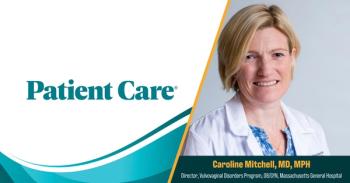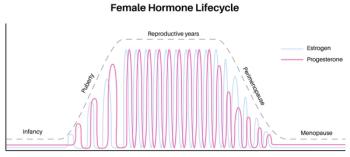
Donna Plecha, MD: How to Talk to Women About Dense Breasts and Supplemental Breast Cancer Screening

Breast imaging expert, Donna Plecha, MD, provides a roadmap for primary care physicians to implement risk assessment tools and high-risk clinic referrals in their practice.
You've notified your patient she has dense breasts. Now what do you say?
In this next segment of our interview series, breast imaging expert Donna M. Plecha, MD, provides a practical roadmap for primary care physicians navigating patient conversations about dense breast tissue and supplemental screening. Plecha outlines the complete education pathway—from the legally mandated notification to actionable next steps that empower both physicians and patients.
The key is using the right tools at the right time. Plecha's institution employs the Tyrer-Cuzick risk assessment model integrated directly into patient intake, automatically flagging those who exceed the 20% lifetime risk threshold and need referral to high-risk clinics. This systematic approach takes the guesswork out of risk stratification while ensuring no high-risk patient falls through the cracks.
Key topics covered in this segment:
- What the law requires for patient notification about breast density
- How to effectively educate patients using written materials and direct counseling
- The Tyrer-Cuzick risk assessment tool and how to integrate it into practice
- When to refer patients to high-risk breast clinics
- The role of nurse practitioners in high-risk clinics for genetic counseling and screening orders
- Scripting the conversation: what to say to patients with dense breasts but no other risk factors
- How to explain supplemental screening recommendations based on NCCN guidelines
Newsletter
Enhance your clinical practice with the Patient Care newsletter, offering the latest evidence-based guidelines, diagnostic insights, and treatment strategies for primary care physicians.
































































































































































































































































































